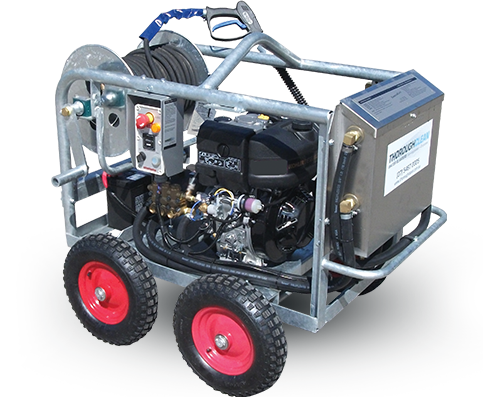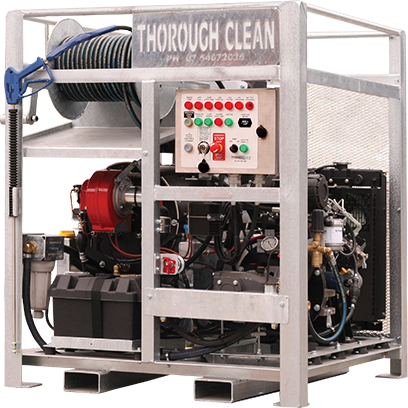We all love our sunburnt country, but if the summer of 2019 has taught us anything, it is, that, with the right conditions our hot Australian summer can become a ferocious and dangerous cauldron.
The effects of fire in Australia can be devastating, with at least 3500 homes and thousands of other commercial, agricultural and industrial buildings destroyed. More importantly, Australian fires have proven to be deadly.
In 2019, 34 people lost their lives in the bushfires that raged between September 2019 and March 2020. Unfortunately, this is not a standalone event, in 1983, 75 people lost their lives in the Ash Wednesday bushfires that raged between South Australia and Victoria.
As well as the devastation of the death toll, from rural fires, there is also the cost of livestock, homesteads, outbuildings, infrastructure, native wildlife and native flora and fauna species. This destruction takes years to rebuild.
Bushfire can be devastating
In 2019/2020 bushfire season alone, the insurance cost of fires totalled 5.19 billion, with the overall economic cost approximately 100 billion. This makes these fires Australia’s costliest natural disaster.
So bushfires, by definition, are fires that start and are fanned in remote bush areas. These areas are often agricultural, but not limited to, with Australian mining also being a remote and isolated industry. As well as smaller remote townships.
What makes fires so dangerous and deadly in these remote areas is the lack of adequate firefighting equipment on site, as well as the hot, dry and windy conditions that use the dried flora as fuel, resulting in the perfect conditions for rapid, intense fires.
In remote and isolated areas, solutions need to be specific to the conditions. Lack of access to what people in suburban areas, take for granted, such as large mobilized fire trucks with curbside access to unlimited water flow, simply are not available.
Water is precious in rural areas and individuals land area can be massive so a portable, practical and above all super tough unit is needed to have onsite at all times. This is where the TRHC Thoroughclean engineering design and production team went to work.
The team looked at all the challenges facing rural agriculture and mining landholders and designed a range of tough, practical fire fighting trailers, designed for Australian conditions and most importantly, manufactured from the ground up in Australia.
Fire Fighter Trailer design and applications
The most popular and versatile unit is the D7R-1.7-TFO fire fighting trailer.
Designed with a 1000 litre Poly tank, land cruiser style wheels, for rough terrain, a heavy-duty fully dipped galvanized trailer on a 2-ton axle.
This unit is built to mine specification, which are the toughest build requirements available. Some of these features include, but not limited to :
- Emergency stop
- Double wire insulation
- Starter motor isolator
- Wheel chock mounts
- Covered battery terminals
It has a Yanmar 10 HP diesel motor with electric start and a super tough Davey fire fighting pump with 400 LPM flow. This unit is a perfect onsite unit and will be an invaluable asset on any rural property or mine site, not only for safety from fires but the mobility of the unit, makes it ideal for so many other remote applications.
Its also comes in a petrol option being the P6R-1.7-TFO Fire Fighter Trailer.
Other Industries that can use a fire fighter trailer
With fires becoming more prevalent in the Australian summer, these units have found their way into heavy industrial businesses as well, with recycling and scrap metal industries relying on the large tanks or Poly tank capacity and the 30-metre AS Certified Fire Fighting Hose rated to 300 PSI, to be able to extinguish a fire threat quickly and safely with the maneuverability that stand-alone units cannot offer.
The TRHC owned Thoroughclean brand has become the market leader in all high pressure, water blaster applications and the mobile firefighting trailers have been designed with this same formula.
They can be customised for individual clients needs, in consultation with our sales team and production team. And most importantly all units are designed and manufactured in Australia.









